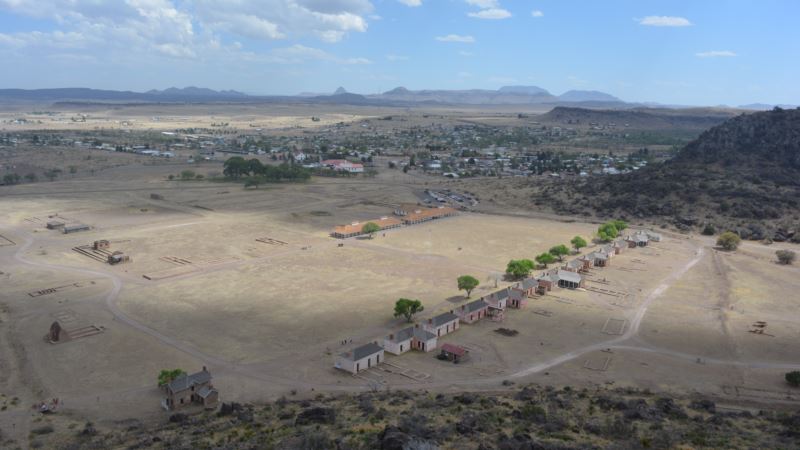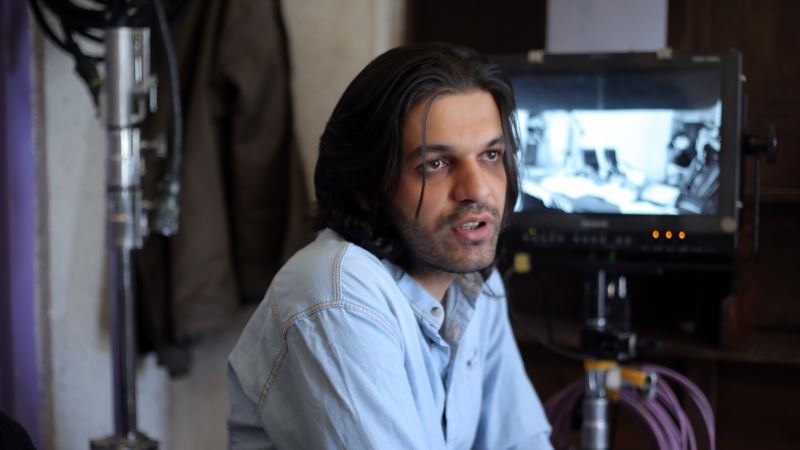As national parks traveler Mikah Meyer continued his journey across western Texas, he got a chance to immerse himself further in American history. A frontier post At Fort Davis National Historic Site, he learned what an important role the military outpost played in the 1800s, helping to defend American interests in the West Texas Chihuahuan Desert. The desert spans more than half the Mexico-U.S. border, covering much of West Texas – arguably, a perfect place for a fort. Established by Brevet Major General Persifor F. Smith on October 23, 1854, and named for then-Secretary of War Jefferson Davis, Fort Davis was a key post in the defense system of west Texas for almost half a century. From 1854 until 1891, troops stationed here protected wagon trains, mail coaches and travelers on the San Antonio-El Paso Road. High up on the nearby bluffs, Mikah had a bird’s eye view of the entire site, considered one of the best surviving examples of a military post in the American Southwest. "On one side you see the high wall of rocks that can either protect or make more precarious the fort location, and on the other side you see the vast, open desert for which the military would be able to see their enemies coming behind us," Mikah said. Buffalo soldiers The site also honors the Buffalo Soldiers, freed African American slaves who joined the U.S. Army following the Civil War. They were called Buffalo Soldiers because Plains Indians thought the soldiers' hair resembled that of buffalo, an animal the Indians greatly revered. The Buffalo Soldiers stationed at Fort Davis served from 1867 to 1885, where they played a major role in the settlement and development of the American West. Their mission was to protect travelers and the mail on the San Antonio-El Paso Road, and to support military operations to control hostile American Indians. In an introductory video at the fort’s Visitor Center, former NBA superstar Kareem Abdul-Jabbar, sporting a cowboy hat, says "Fort Davis symbolizes a bastion of U.S. military presence in West Texas." A military presence that included both black and white soldiers. “Kareem Abdul-Jabbar is the host of the Visitor Center video because of his keen interest in these Buffalo Soldiers and their mark on history and what the United States has become today for people of all races," Mikah noted. Abdul-Jabbar ends his video narration by stating that the old fort “can also be viewed as a symbol of the tragic conflict that engaged North America's original inhabitants against the unrelenting wave of other Americans.” But “in the final analysis,” he adds, “the blue-coated soldiers of Fort Davis, black and white, forged an indelible and stirring chapter in American history. Their story should not be diminished in view of a later generation’s assessment of wrongs waged upon the American Indians.” Indeed, today, the National Park Service is proud to preserve this historic site “as a lasting memorial to all U.S. soldiers who faithfully served their country for almost half a century.” Fort Davis was officially abandoned on June 30, 1891. Congress authorized Fort Davis National Historic Site as a unit of the National Park Service in 1961.
A Vital Outpost Thrives on the American Frontier






